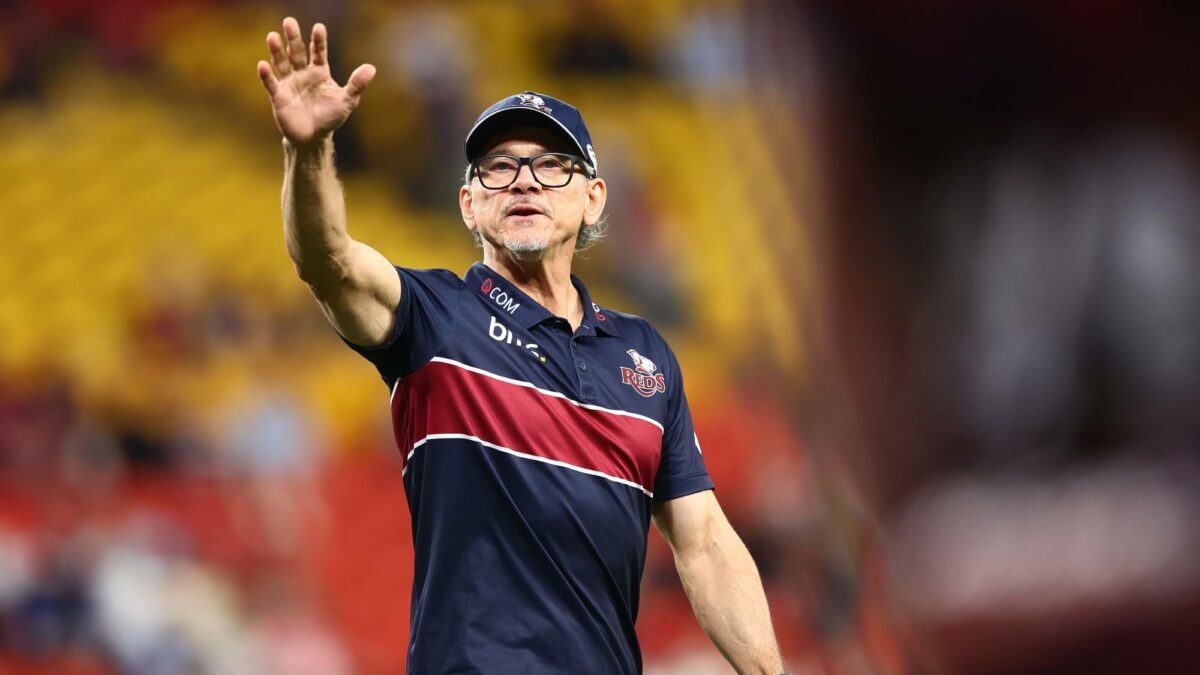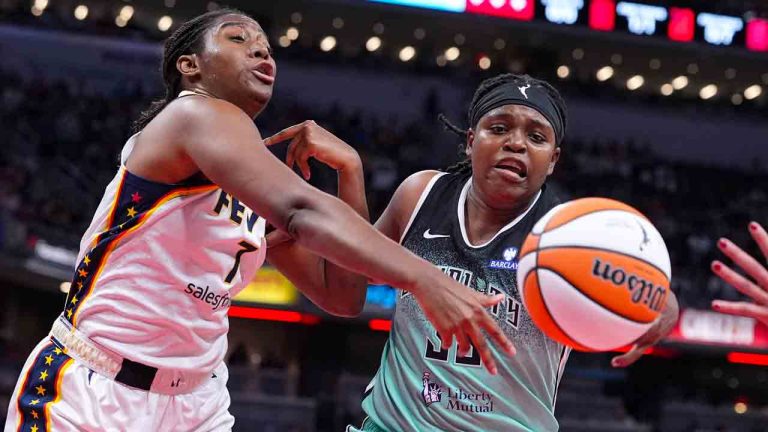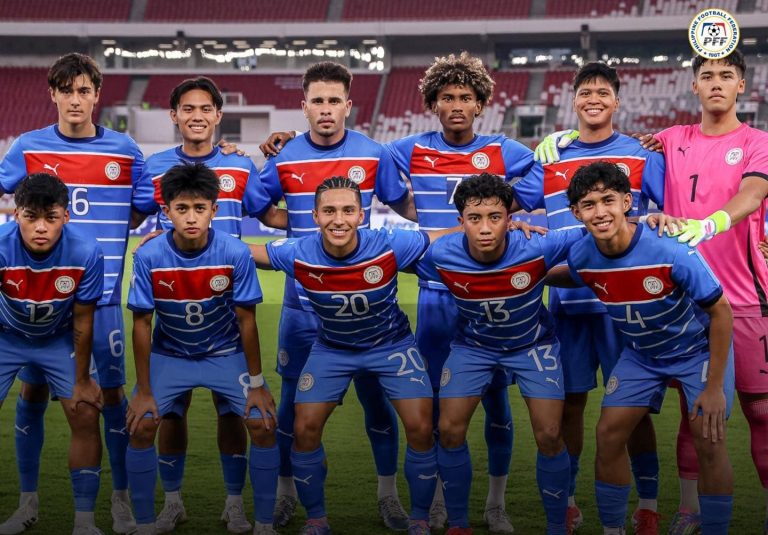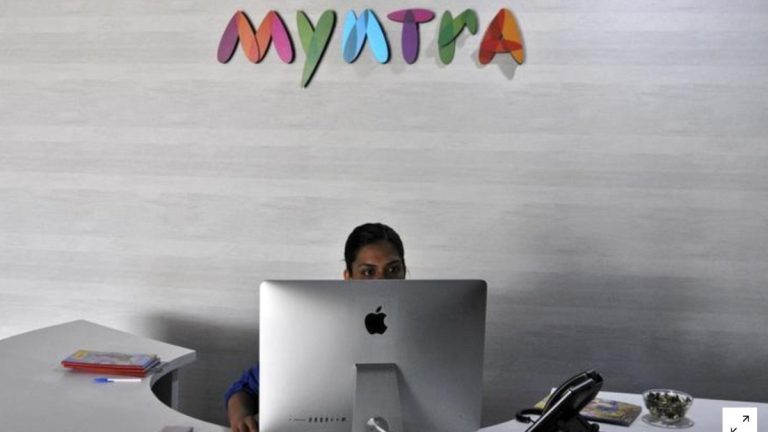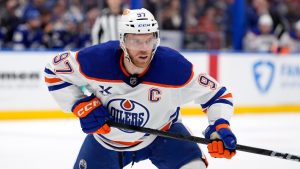Coaches claim more time is needed to show their quality than players do.
The truth is the best coaches in sport do not take as long as their peers.
Injuries, new signings, and bad calls notwithstanding, leaders find a way.
Melbourne’s own Ange Postecoglou famously claimed after a tough first season loss to Arsenal as Tottenham manager:

Ange Postecoglou publicly claimed he always wins trophies in his second year. Can the same be said about Les Kiss? (Photo by Catherine Ivill – AMA/Getty Images)
Now, as Postecoglou basks in the glow of defeating Manchester United this week in the 2025 UEFA Europa League final, entitling Spurs a spot in the 2025-26 Champions League, we tip our hats to him and his enviable habit of second year success, for Australia, for clubs in Melbourne and Brisbane, Yokohama and Glasgow, and in one of the world’s top leagues.
In ways, this tough Greek-Aussie is reminiscent of Lebanese immigrant Michael Cheika, who is at his best in turnaround mode and time frame: his Tigers sit second in the Gallagher Premiership, after being eighth a year ago under Dan McKellar, despite Leicester losing the English league’s premier post-contact metre carrier Jasper Wiese yet gaining no star. He was similarly successful at Argentina, early for the Wallabies in 2015, for Leinster and in his hometown for New South Wales, where he won Super Rugby in his second campaign.
Most coaches never win a title. Many of the small number who do, require long tenure, optimal health, stacked rosters, and a good slice of luck. But the very best make it happen quickly.
Which type does it seem Les Kiss is?
Kiss was named head coach of the Queensland Reds in July of 2023. He inherited a team built by Brad Thorn. The season before Kiss was an eighth place 5-9 disappointment (minus-60 in points) with a quarterfinal exit.

Les Kiss’s Reds have threatened to go to the next level, but suffered another close defeat against the Hurricanes. (Photo by Chris Hyde/Getty Images)
The Reds were a stable bunch; the 2022-23 roster began with 1,067 Super Rugby caps and largely unchanged from the year before, with just three players added to a 37-man squad (34 had made their way via Queensland pathways like Queensland U18 or U20 or other local competitions.
Then as now, the core of Filipo Daugunu, Tate McDermott, Angus Blyth, Fraser McReight, Harry Wilson and Hunter Paisami provided a spine.
Whilst Kiss was new, he brought assistants from folded London Irish.
The 2023-24 season under Kiss was a step up (fifth place with a 8-6 record and a +140 points differential) at first but ended in another quarter final loss to the Chiefs. Hope rose for this season. In most previews, the Reds were seen as Australia’s best hope to secure a home semifinal, because it is Kiss’ second campaign, and due to the arrival of Lukhan Salakaia-Loto and the return of Daugunu from the Rebels.
Injuries are the nature of the beast, particularly in the fatiguing style of Super Rugby Pacific with minimal rest and accompanying increases in number and speed of collisions, whether in the tackle or ruck clean.
Clubs are not equally transparent on injury information, but most coaches tell me they expect every game to bring at least one injury, and usually about three every two matches, with one returning each week.
All coaches will prefer if their board directors believe they had the most injuries but as with most outcomes, there is a bell curve of some shape.
The Reds have had their injuries this year, but it is unclear how they rank on time lost by key players; on the log, the second season Kiss Reds are not looking improved from the first.
With seven wins in 13 contests, with one more (over the Drua) likely in Round 16 at home, with a mere plus-nine in points, if Kiss made a Postecoglou postulate, he would be given a rough time of it. These Reds once again do not look like toppling the Chiefs or maybe even the consistent Brumbies.

The Hurricanes made the pay the Hurricanes with a poor finish to the first half. (Photo by Bradley Kanaris/Getty Images)
Tightly-wired Kiss is animated. He assumes centre stage for halftime speeches, pings around in the box like a firecracker, and presents like a bantamweight prize fighter who will not throw in any towel, ever.
But for a cohesive squad, packed with top end talent, a number of internal statistics (drawn from Opta and from official SANZAAR numbers) are poor.
First and foremost: the Reds allow foes entry to their 22 far too much. At 10.2 a game, this puts the Reds 43rd out of 51 top level pro teams. This is never the recipe for success even if their tackling percentage is high (about 90%, among the best).
Allowing access to opponents heaps pressure on Reds’ attack structures.
Whilst there are good facets to the attack (the Reds convert line breaks to tries better than any other team) and a solid scrum (96% successful, 28% ending in a penalty win, only 1.5% in a penalty lost), the Reds work harder to build points than most.
They are not busting enough tackles (10th in Super Rugby Pacific), lag top teams in “dominant carries” (an Opta stat) as they are 49th out of 51 teams.
Nor do they evade tackles enough to make up for a lack of collision power: the Reds evade tackles even less than 41 of the 51 teams tracked by Opta.
If you are not smashing through or skipping around tackles, you must have supreme set piece and avoid cards: the Reds’ lineout ranks 40th of 51 (an improvement from 51st) and lead their league in yellow cards (10).
There is a tight correlation between the highest tackling teams (the Reds tackle above the hips 85% of the time, most in the world) and success in completion of tackle; but it also brings card into play.
All of this adds up to harder work.
The Reds are the shortest passing, best mauling (at 4.4 metres per maul, the best in the world, and second in maul tries per game), do not score tries from turnovers or kick return, and thus require structured phase play like the 20-phase try scored by Joe Brial in the loss to the Hurricanes this weekend. After the match, Reds players one and all repeated a mantra about “we need to keep more ball in hand to burn our opposition out.”
The Canes did not look more tired than the Reds: to resource a ruck, 20 rucks, 100, requires more physical and mental energy (and communications) than tackling, which runs on embedded systems and instinct. When it was all said and done, the Reds built 101 rucks, lost four and it was the four which cost them.
McDermott snipes, Wilson offloads, well-run mauls and Daugunu breaks are an arsenal but are they enough spur if the Reds qualify?
No bold forecast has been made by Kiss. No bold outcome appears likely, unless a bold change in shape shifts.
If the trajectory of the Reds begins to point downwards, with just one season left pre-Wallabies, what will the mood be?
